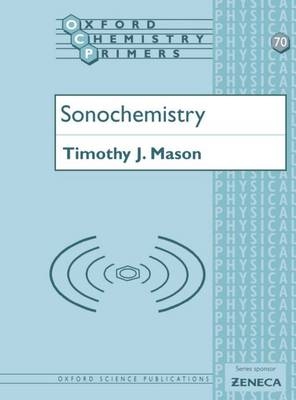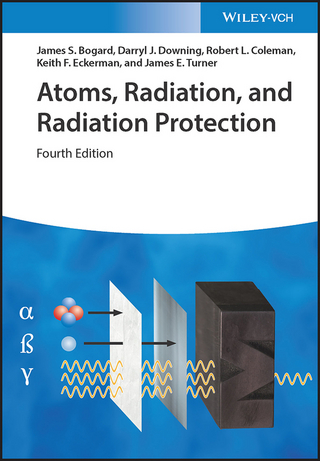
Sonochemistry
Seiten
1999
Oxford University Press (Verlag)
978-0-19-850371-2 (ISBN)
Oxford University Press (Verlag)
978-0-19-850371-2 (ISBN)
There is an increasing interest in the exploitation of power ultrasound in chemistry and processing (sonochemistry). This text was writtem as a result of the many requests from potential sonochemists for an introduction and guide to the practical aspects of the topic. Theory is kept to a minimum and it is suitable for both academic and industrial readership at all levels.
It has been recognised for many years that power ultrasound has great potential for uses in a wide variety of processes in the chemical and allied industries. Reported applications include cleaning, sterilisation, flotation, drying, degassing, defoaming, soldering, plastic welding, drilling, filtration, homogenisation, emulsification, dissolution, deaggregation of powder, biological cell disruption, extraction, crystallisation and, more recently, as a stimulus for chemical reactions. With the increasing use of power ultrasound in chemistry comes the need for specialist text books covering this emerging discipline. This book is suitable for chemists and chemical engineers at all levels who wish to gain a rapid insight into what is becoming a standard method in the chemical laboratory. It is designed to answer the following questions:
What is sonochemistry?
Why is it important?
What systems are affected by sonochemistry?
What are the major applications of this technique?
What types of ultrasonic equipment are available?
How do the different types of equipment compare?
How is the equipment best configured for chemical applications?
What parameters can be changed to optimise sonochemical results?
What equipment is available for the scale-up of sonochemistry?
It has been recognised for many years that power ultrasound has great potential for uses in a wide variety of processes in the chemical and allied industries. Reported applications include cleaning, sterilisation, flotation, drying, degassing, defoaming, soldering, plastic welding, drilling, filtration, homogenisation, emulsification, dissolution, deaggregation of powder, biological cell disruption, extraction, crystallisation and, more recently, as a stimulus for chemical reactions. With the increasing use of power ultrasound in chemistry comes the need for specialist text books covering this emerging discipline. This book is suitable for chemists and chemical engineers at all levels who wish to gain a rapid insight into what is becoming a standard method in the chemical laboratory. It is designed to answer the following questions:
What is sonochemistry?
Why is it important?
What systems are affected by sonochemistry?
What are the major applications of this technique?
What types of ultrasonic equipment are available?
How do the different types of equipment compare?
How is the equipment best configured for chemical applications?
What parameters can be changed to optimise sonochemical results?
What equipment is available for the scale-up of sonochemistry?
CHAPTER 1: AN INTRODUCTION TO THE USES OF POWER IN SONOCHEMISTRY ; CHAPTER 2: THE ULTRASONIC CLEANING BATH ; CHAPTER 3: THE ULTRASONIC PROBE ; CHAPTER 4: FLOW SYSTEMS AND SCALE-UP IN SONOCHEMISTRY ; INDEX
| Erscheint lt. Verlag | 25.11.1999 |
|---|---|
| Reihe/Serie | Oxford Chemistry Primers ; 70 |
| Zusatzinfo | numerous line illustrations |
| Verlagsort | Oxford |
| Sprache | englisch |
| Maße | 186 x 239 mm |
| Gewicht | 227 g |
| Themenwelt | Naturwissenschaften ► Chemie |
| Naturwissenschaften ► Physik / Astronomie ► Angewandte Physik | |
| Naturwissenschaften ► Physik / Astronomie ► Mechanik | |
| ISBN-10 | 0-19-850371-7 / 0198503717 |
| ISBN-13 | 978-0-19-850371-2 / 9780198503712 |
| Zustand | Neuware |
| Haben Sie eine Frage zum Produkt? |
Mehr entdecken
aus dem Bereich
aus dem Bereich


